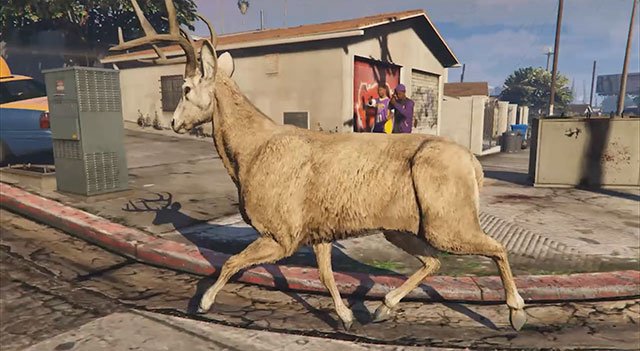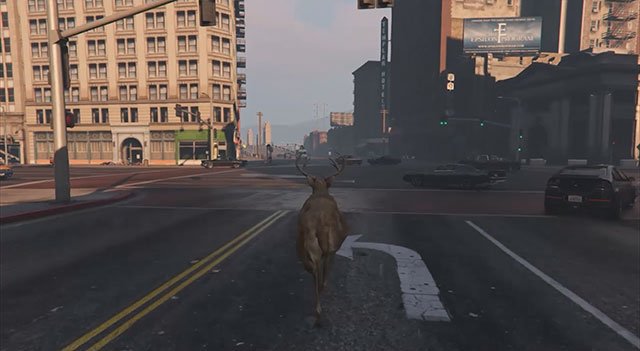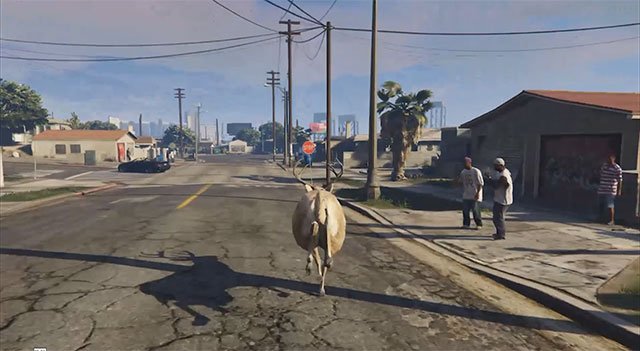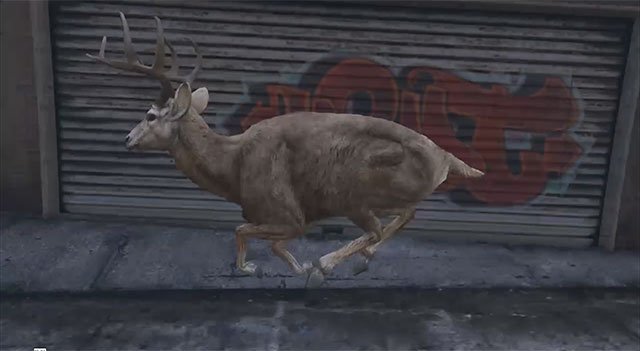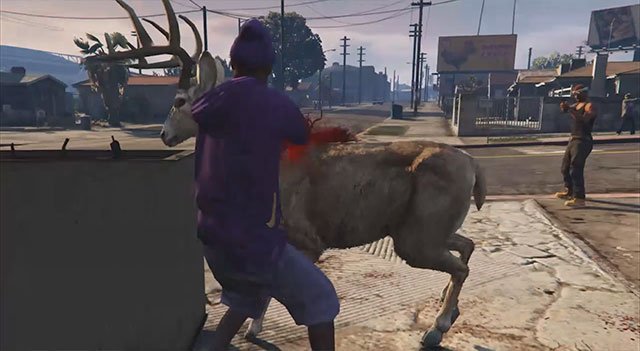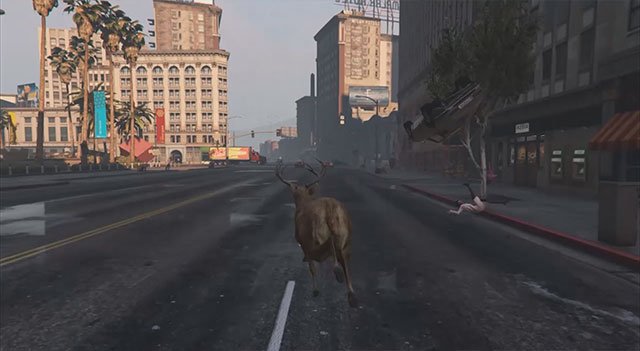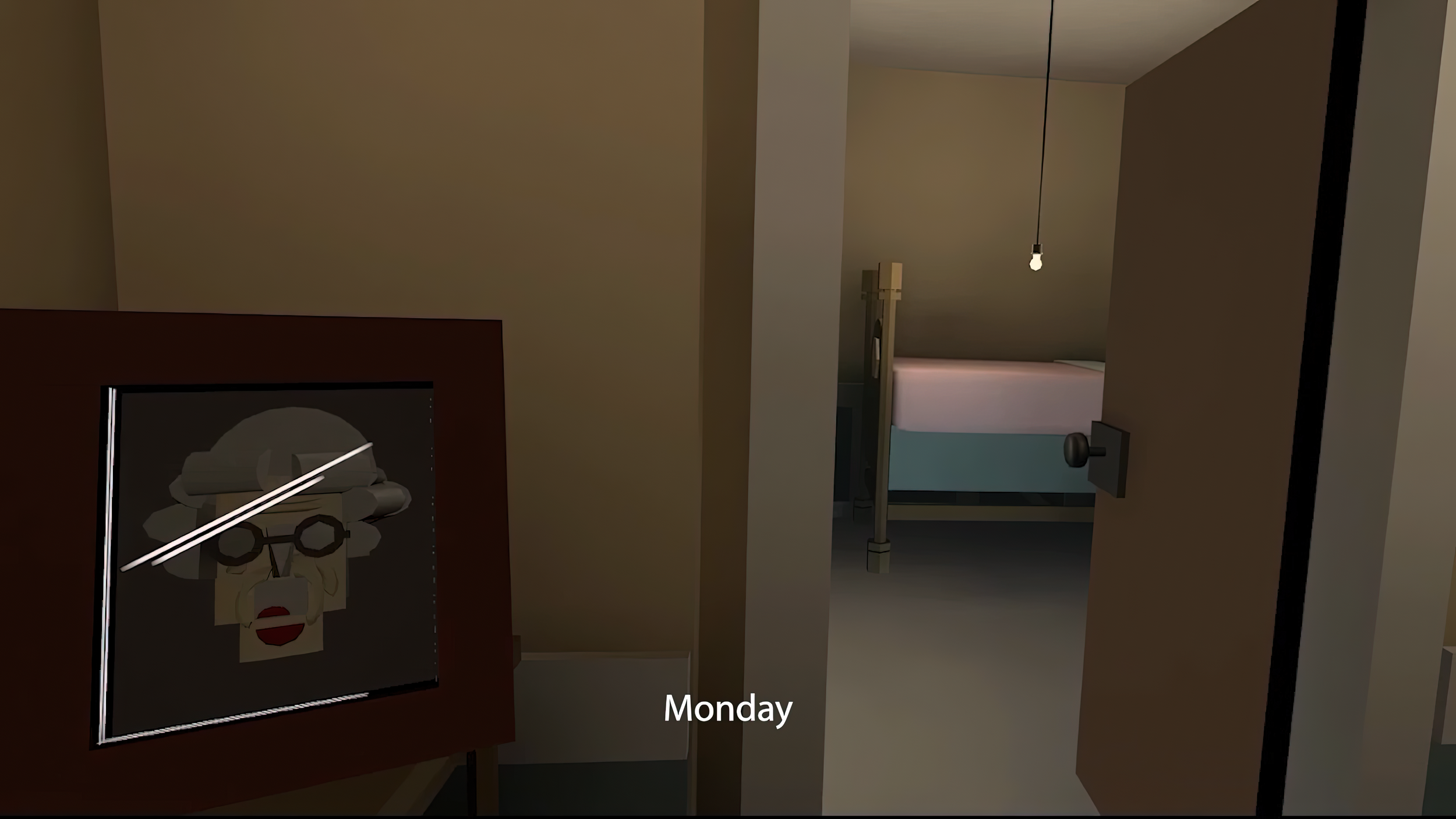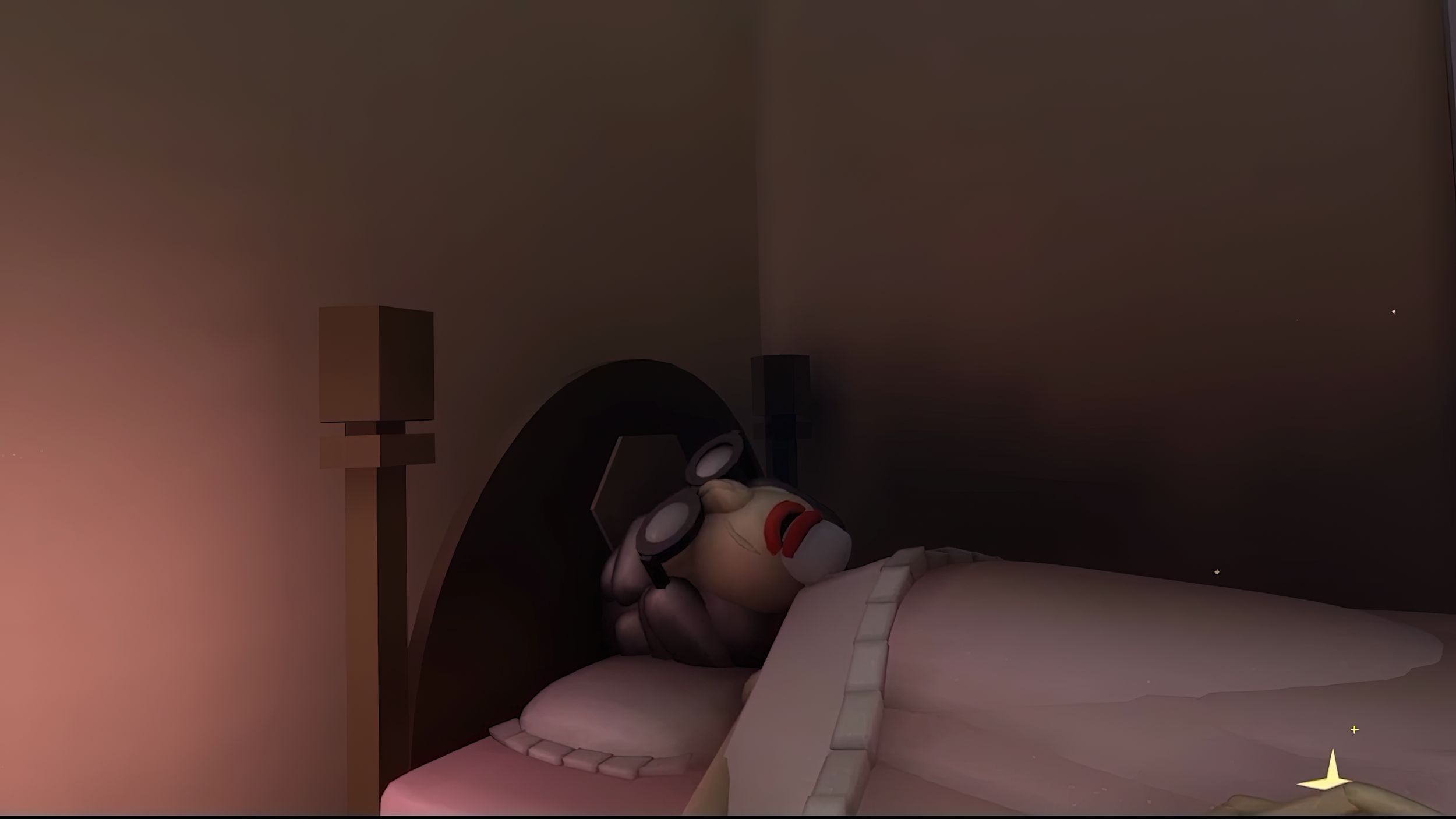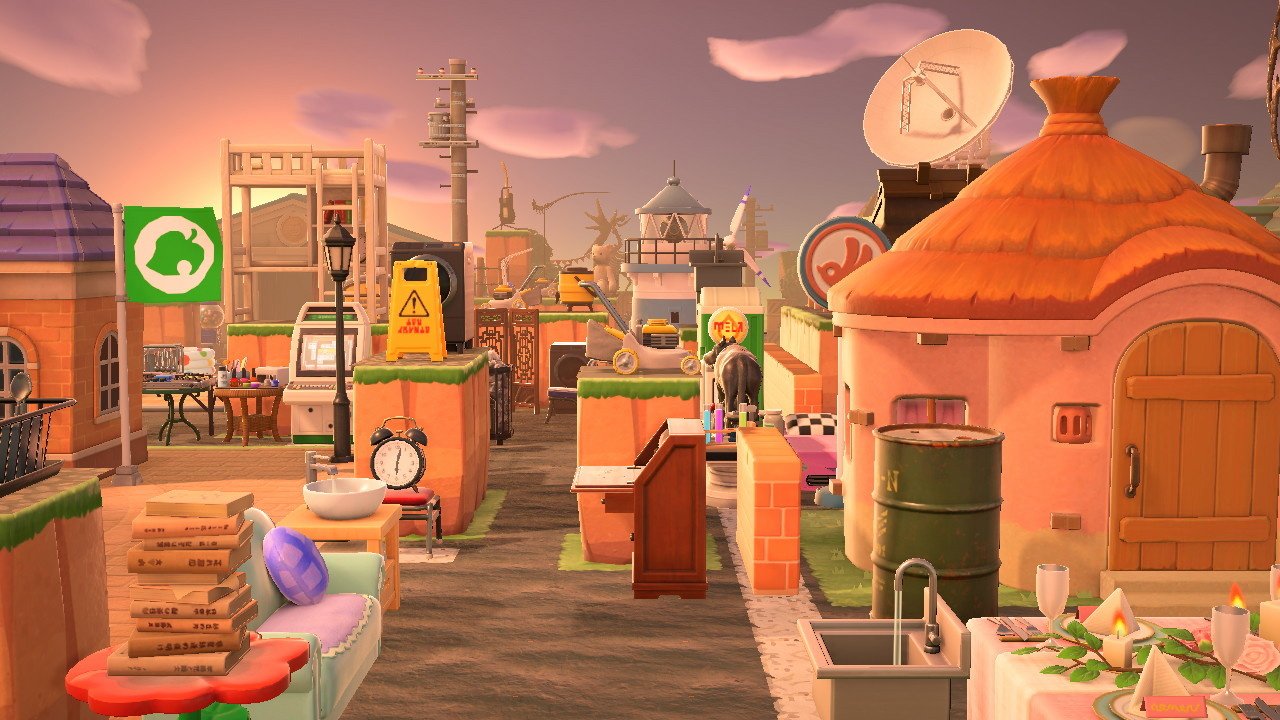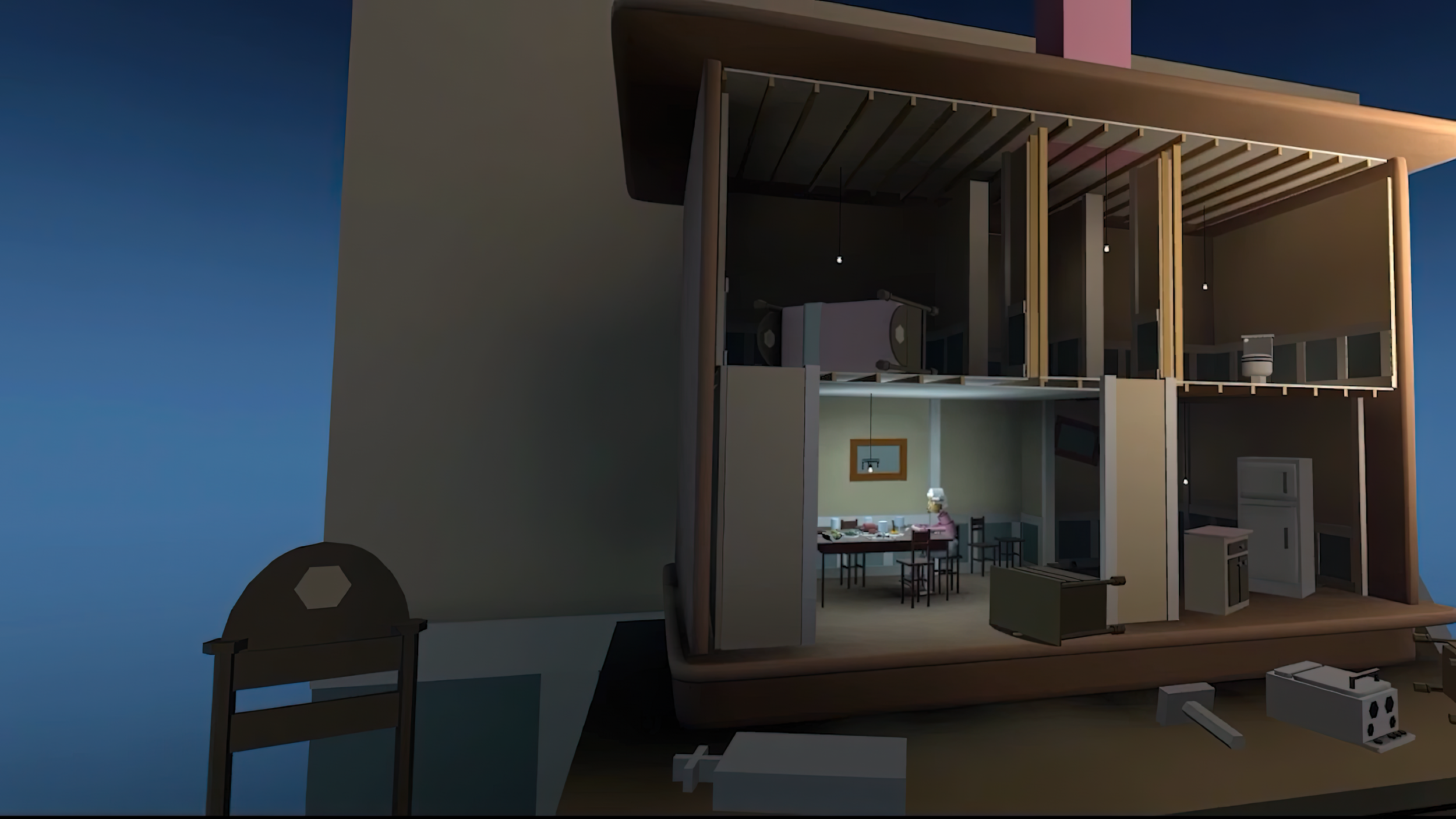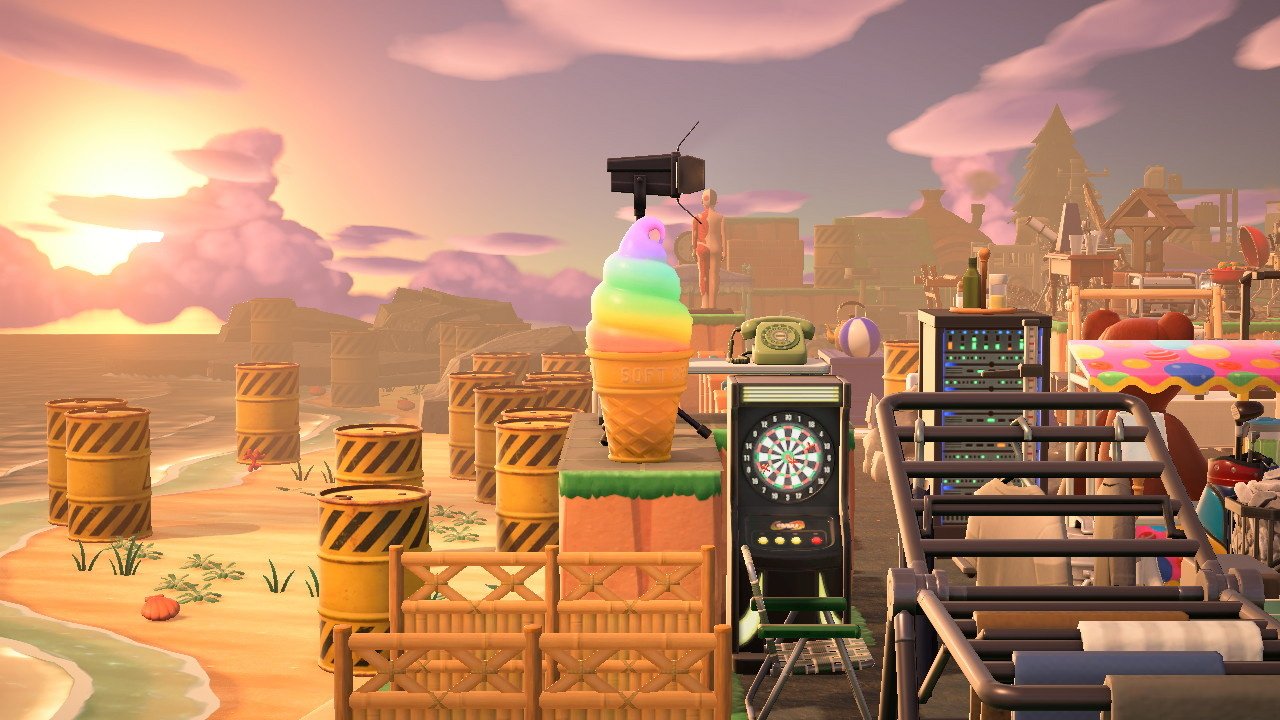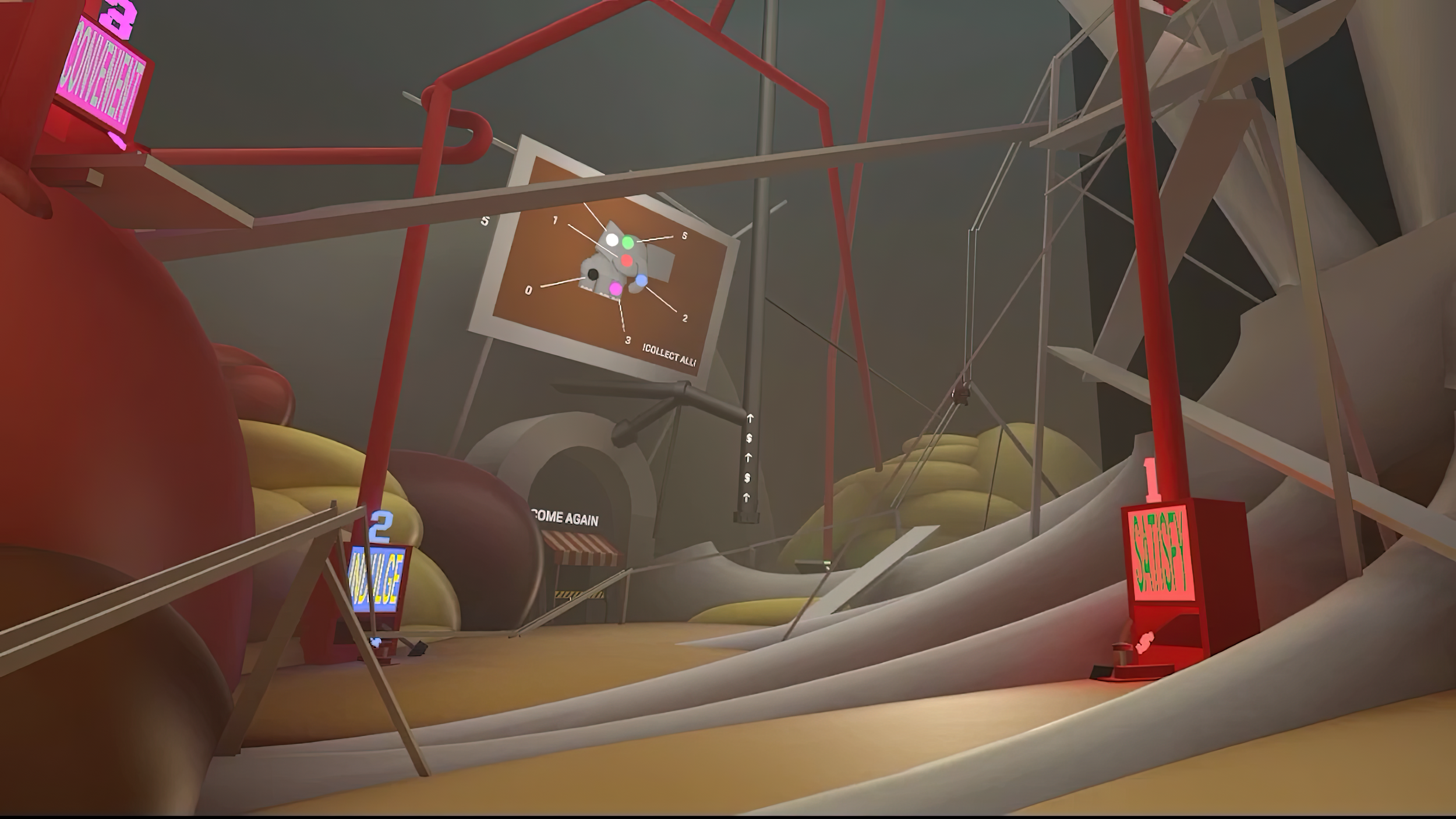PATREON-EXCLUSIVE CONTENT
〰️
PATREON-EXCLUSIVE CONTENT 〰️
Between May 19 - June 1 2023, VRAL exhibited Brent Watanabe’s groundbreaking VR project MINE. In this short essay – an abridged version of a much longer piece included in an upcoming book – we revisit one of Watanabe’s most iconic works, San Andreas Deer Cam (2015-2016) and its lasting impact on contemporary art.
Eddie Lohmeyer opens his book, Unstable Aesthetics: Game Engines and the Strangeness of Modding, by comparing and contrasting seminal Orhan Kipcak and Reini Urban’s ArsDoom (1995) to the more recent performance by Brent Watanabe’s San Andreas Deer Cam (2016). Although both artworks are modded versions of popular mainstream games – Doom and Grand Theft Auto V respectively – there are several differences between the two interventions.
First, ArsDoom was set in a custom map designed by the artists using AutoCAD reconstructing the Brucknerhaus exhibition hall in Linz, Austria, whereas Watanabe left the landscapes of San Andreas, modeled after the state of California, unchanged. Those spaces are also qualitatively different in game design terms: the former is self-contained and goal-oriented whereas the latter qualifies as an “open world” and no specific objectives are prescribed to the performer. Secondly, although both art performances featured an online component, ArsDoom was highly participatory, as it encouraged players to log on a dedicated server under the guise of contemporary artists (Joseph Beuys, Hermann Nitsch, Jeff Koons, and Nam June Paik among others) in order to destroy the virtual artworks on display using custom weapons. In short, we can argue that ArsDoom was an example of playable art criticism, or perhaps even institutional critique masquerading as a video game. It embraced the Italian Futurists’ call to arms – “We will destroy the museums, libraries, academies of every kind” – almost literally.
On the other hand, Watanabe’s San Andreas Deer Cam does not solicit any human input – in fact, it excludes it - and therefore qualifies as an example of what some scholars have called “post-human gaming” (Bittanti 2014, Ruffino 2020), whereas the game is either self-playing (as in many installations by Cory Arcangel, for instance) or the player’s avatar is replaced by artificial intelligence (as in the case of Forza Motorsport’s drivatars). Watanabe’s San Andreas Deer Cam is a modified version of Grand Theft Auto V in which a virtual deer traverses the game’s environments, both urban and rural, interacting with other kinds of NPCs, non-player characters controlled by the game’s artificial intelligence. The mod was created by replacing the standard human animal avatar(s) with a non-human animal avatar, whose movements, however, are still anthropocenic as “the deer’s actions are based on the game’s pedestrian AI” (Lohmeyer 2016, p. 1).
Matteo Bittanti
This is a Patreon exclusive content. For full access consider joining our growing community.



